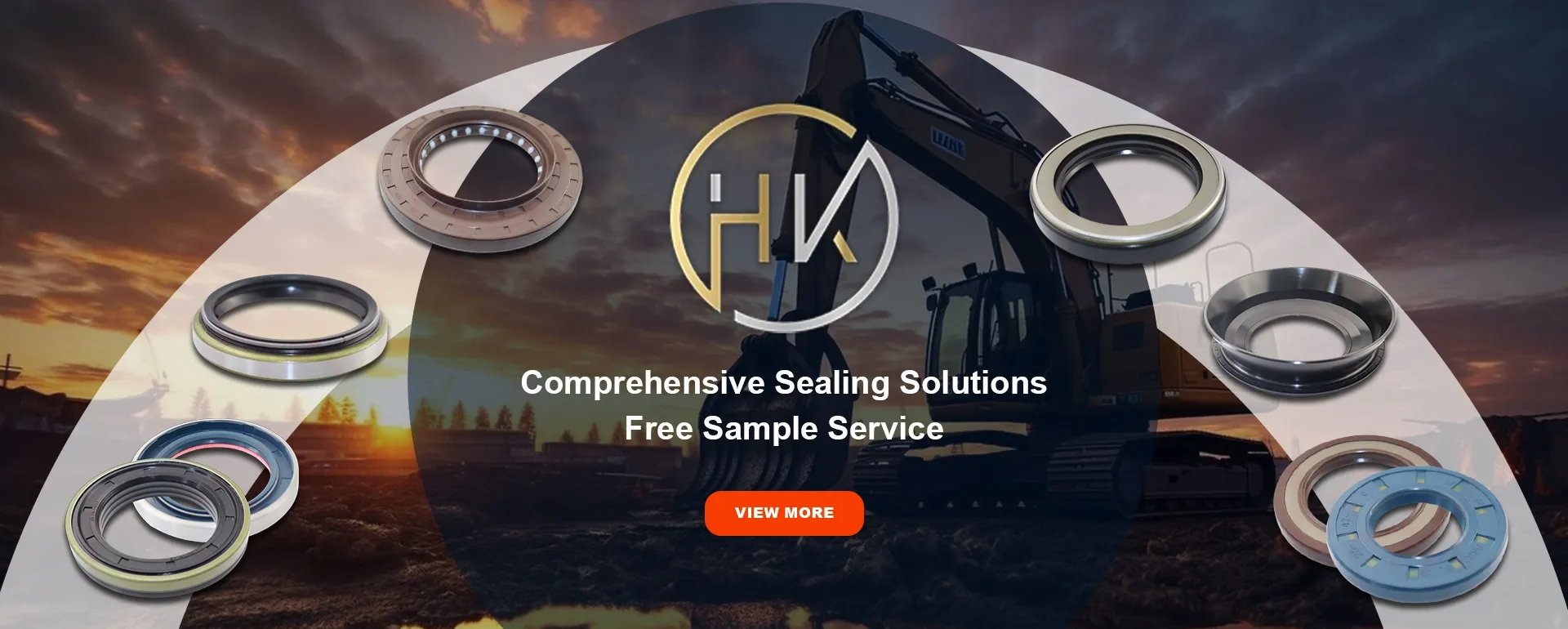Okt . 31, 2024 22:50 Back to list
Exploring the Importance and Applications of Oil Seals in Mechanical Systems
Understanding Oil Seals Essential Components in Mechanical Systems
Oil seals, often referred to as lip seals or rotary seals, play a crucial role in a wide range of mechanical systems. These devices are designed to prevent the leak of fluids, including oils and lubricants, while simultaneously excluding dirt, dust, and other contaminants. Their primary function is to maintain the integrity of machinery, enhancing performance and prolonging lifespan.
Composition and Design
Typically made from elastomers, oil seals can also be constructed from materials like polyurethane or silicone, depending on the application and the environment in which they will operate. The basic design of an oil seal features a circular lip that makes contact with the rotating shaft, creating a barrier that inhibits the escape of oil. The effectiveness of an oil seal is largely determined by its material composition, design, and installation.
Applications of Oil Seals
Oil seals are utilized in countless applications across various industries. In the automotive sector, for instance, they are essential components in engines, transmissions, and differentials. Their primary function in vehicles is to prevent oil leaks, which can lead to severe mechanical failures and costly repairs. In industrial machinery, oil seals are crucial in hydraulic systems, pumps, and motors, ensuring that lubricants remain within the system while keeping contaminants out.
Importance of Maintenance and Replacement
oil seal

Regular maintenance of oil seals is vital for the efficiency of mechanical systems
. Over time, seals can wear out or become damaged due to friction, temperature fluctuations, or exposure to aggressive chemicals. Signs of a failing oil seal typically include visible oil leaks, unusual noises, or diminished performance of the machine. Timely replacement of worn or damaged seals is essential to prevent further damage and maintain operational efficiency.Selecting the Right Oil Seal
Choosing the appropriate oil seal for a specific application involves several considerations. Factors such as the type of fluid being sealed, temperature, pressure, and the speed of the rotating shaft must be taken into account. For instance, high-speed applications may require seals designed to accommodate the increased centrifugal forces. Additionally, seals need to be compatible with the oil or fluid they will be in contact with, as certain materials can deteriorate when exposed to specific chemicals.
Innovations in Oil Seal Technology
Recent advancements in oil seal technology have led to the development of more durable and efficient seals. Innovations include designs that enhance sealing capabilities while reducing friction, which can significantly improve the performance and longevity of machinery. Furthermore, the advent of advanced materials has expanded the range of conditions under which oil seals can operate, allowing for their use in increasingly demanding environments.
Conclusion
In conclusion, oil seals are indispensable components that ensure the proper functioning of various mechanical systems across multiple industries. Their ability to contain lubricants and protect against contaminants is critical for maintaining performance and prolonging the lifespan of equipment. Regular maintenance and proper selection of oil seals not only enhance machinery efficiency but also contribute to significant cost savings in industrial and automotive applications. As technology continues to evolve, oil seals will remain a fundamental element in the realm of mechanical engineering.
-
The Trans-formative Journey of Wheel Hub Oil Seals
NewsJun.06,2025
-
Graphene-Enhanced Oil Seals: Revolutionizing High-Pressure Oil Sealing
NewsJun.06,2025
-
Future of Hydraulic Sealing: Advanced Intelligent TCN Oil Seals
NewsJun.06,2025
-
Don’t Let a Broken TCV Oil Seal Ruin Your Day
NewsJun.06,2025
-
Bio-Inspired Dust Seals for Better Sealing Performance
NewsJun.06,2025
-
Biodegradable and Sustainable Hydraulic Seal Materials
NewsJun.06,2025
-
Top Oil Seal Solutions for Your Industrial Needs
NewsMay.22,2025
Products categories
















